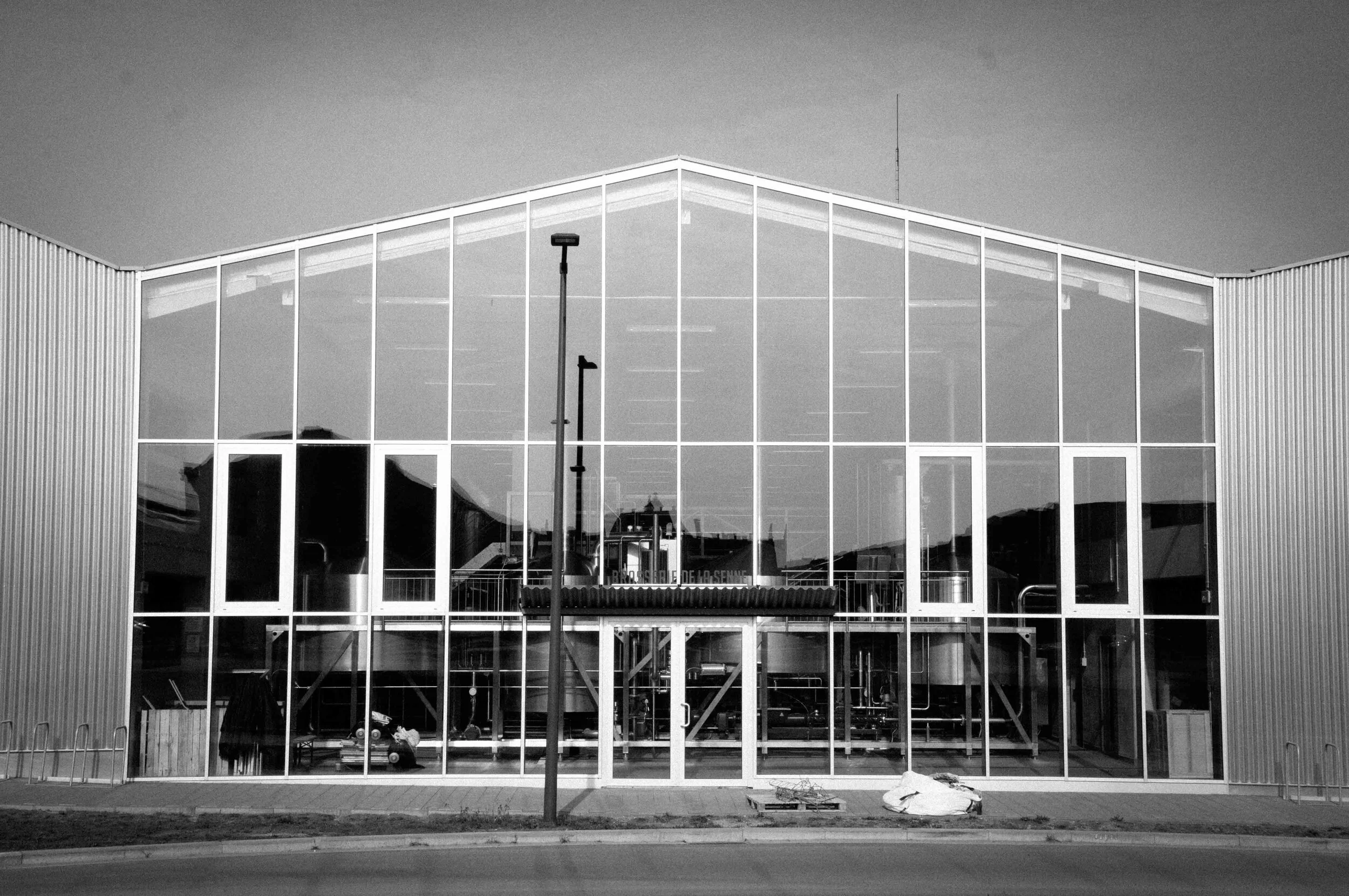A History of Brussels Beer in 50 Objects // #10 Statue of St. Arnoldus
Find out more about Brussels Beer City’s new weekly series, “A History Of Brussels Beer In 50 Objects” here.
Object #10 - Statue of St. Arnoldus
18th century
Business Life
The life of an 18th century Brussels brewer was a comfortable one. A lucrative monopoly on brewing, political influence and prestige, and the willingness to use it. But to secure these privileges you first had to make it into the brewers’ guild, which meant becoming a master brewer. That cost time, money, and connections.
First, there was a two-year apprenticeship alongside an existing master brewer. This, and guild membership, cost money. The son of an established brewer was expected to pay 13 guilders, the son of a future brewer 400, and for everyone else 1,000. For 2,000 guilders aspirant brewers could skip the apprenticeship stage. Most brewers in this era rented their brewery from a fellow guild member, which could cost up to 900 guilders annually. A delivery horse might set you back another 2,000. These costs, and the guild’s desire to suppress numbers to ensure there was enough business for everyone, kept numbers low; in 1658 there were 80 guild members, and 94 in 1678.
Temporal dues paid, new arrivals to the brewer’s stately Grand Place guildhall might consider giving spiritual thanks to their new patron saint, Arnold of Soissons. Arnold (or Arnoldus) was born near Oudenaarde around 1040. Originally a soldier, he became a monk and eventually bishop of Soissons, in northern France. He is remembered by brewers for brewing while abbot of St. Peter’s Abbey in Oudenburg, and for his rescuing of local peasants from a deadly infectious disease outbreak by enticing them to drink beer instead of contaminated water. For this, Arnold is usually depicted clutching a brewer’s mash paddle - like this 1768 statue from a brewery in Soignies.
Unfortunately, Arnold failed to intercede in defence of guild members when they needed him, as in 1795 when French revolutionary troops dissolved the guild, ended its monopoly and evicted them from the Grand Place. It was 1951 when they finally returned as tenants of the Maison des Brasseurs. Arnold came with them. In a first floor meeting room, where their antecedents had met for guild business, this new generation of brewers installed stained glass windows featuring the abbot wreathed in beer jugs, brewing baskets and beer barrels, and performing miracles surrounded by beer-swilling angels. His statue became part of a museum in the cellar, and Arnold’s feast day (August 14) was revived as a central part of the activities of the newly-created Order of the Knights of the Brewers’ Paddle. An evocation of the guild days of old - though now extended to the whole country - the Order was a business-cum-social club for active and retired brewers.
Every year, on the last Friday in August, knights in their flowing red robes and polished medallions trek from the Maison des Brasseurs to Brussels’ cathedral on the Treurenberg to pay homage to their patron saint, returning to the Grand Place to induct new knights and, in the presence of the great and good from Belgian beer, tap the first ceremonial keg of the Belgian Beer Weekend festival.
Image source: Collectie Museum van de Belgische Brouwers













